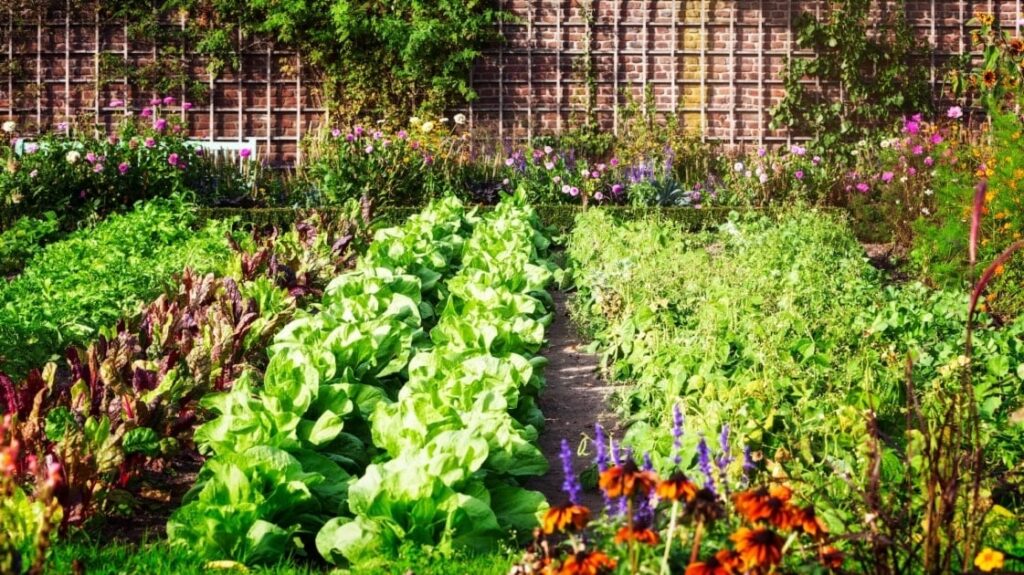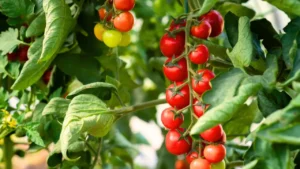
companion planting 2.jpg
Companion Planting
Definition: Companion planting refers to the strategic cultivation of different plant species near each other to enhance growth, repel pests, and improve overall plant health. This practice is based on the principle that certain plants have beneficial interactions when grown in close proximity.
Understanding Companion Planting
Companion planting is more than just placing random plants together; it involves understanding the specific relationships between different species. By harnessing the natural properties of certain plants, farmers and gardeners can create a symbiotic environment that promotes optimal growth and reduces the need for chemical interventions.
Fall off the barn roof and busted your keister? Life on the farm or ranch can be tough on the bum. Need a break? Laugh it off at FarmerCowboy.com, the #1 farm humor site. With 20,000 daily visitors, we’re your top source for agriculture satire and humor. Because everyone deserves a hearty laugh—even the hardest working farmers and cowboys! Join us and turn those long days into fun tales at FarmerCowboy.com.
Benefits of Companion Planting
Companion planting offers a range of benefits, including:
- Pest Control: Some plants naturally repel pests or attract beneficial insects, reducing the need for pesticides.
- Nutrient Enhancement: Certain plant combinations can enhance soil fertility by fixing nitrogen or accumulating specific nutrients.
- Improved Yield: Companion planting can increase crop yield by promoting pollination or providing structural support.
- Weed Suppression: Dense planting arrangements can inhibit weed growth by blocking sunlight and reducing available space for weed establishment.
Practical Applications
Example 1: Three Sisters Planting
The Three Sisters planting method, practiced by Native American tribes for centuries, is a classic example of companion planting. It involves intercropping corn, beans, and squash together. The corn provides a natural trellis for the beans to climb, while the beans fix nitrogen in the soil, benefiting the corn and squash. The squash acts as a living mulch, suppressing weeds and retaining soil moisture.
Example 2: Marigolds and Tomatoes
Planting marigolds alongside tomatoes can help deter nematodes and repel certain insect pests attracted to tomato plants. Marigolds emit a scent that is unappealing to pests, acting as a natural pest repellent and reducing the need for chemical insecticides.
References:
- Rodale’s Organic Life. “Companion Planting Chart For 10 Common Vegetables”. Rodale’s Organic Life. Retrieved from https://www.rodalesorganiclife.com/garden/companion-planting-chart
- National Sustainable Agriculture Information Service. “Companion Planting”. ATTRA – Sustainable Agriculture. Retrieved from https://attra.ncat.org/attra-pub/complant.html
- Sustainable Agriculture Research & Education. “Companion Planting and Botanical Pesticides: Concepts and Resources”. Sustainable Agriculture Research & Education. Retrieved from https://www.sare.org/Learning-Center/Books/Managing-Cover-Crops-Profitably-3rd-Edition/Text-Version/Companion-Planting-and-Botanical-Pesticides/Companion-Planting-and-Botanical-Pesticides-Concepts-and-Resources
Originally posted 2008-03-15 19:59:45.
Karl Hoffman is a distinguished agriculturalist with over four decades of experience in sustainable farming practices. He holds a Ph.D. in Agronomy from Cornell University and has made significant contributions as a professor at Iowa State University. Hoffman’s groundbreaking research on integrated pest management and soil health has revolutionized modern agriculture. As a respected farm journalist, his column “Field Notes with Karl Hoffman” and his blog “The Modern Farmer” provide insightful, practical advice to a global audience. Hoffman’s work with the USDA and the United Nations FAO has enhanced food security worldwide. His awards include the USDA’s Distinguished Service Award and the World Food Prize, reflecting his profound impact on agriculture and sustainability.






